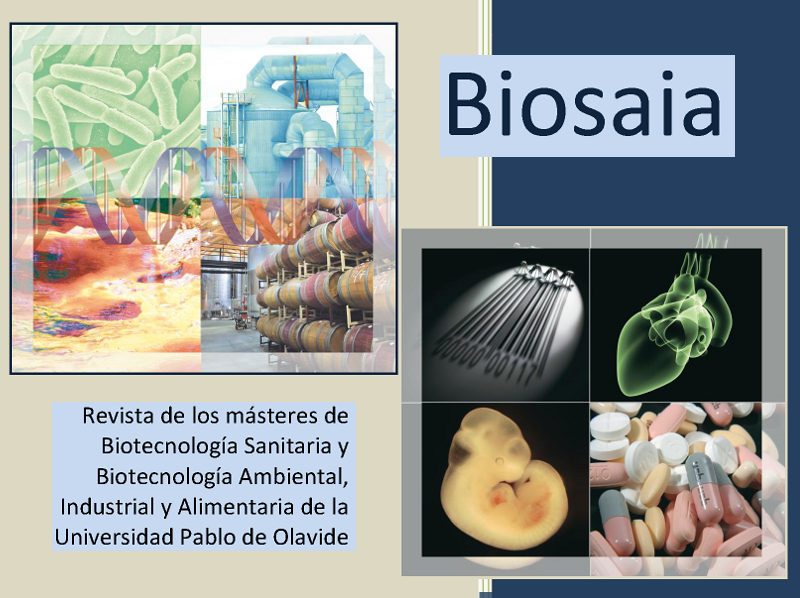Neuroprotection strategies towards neonatal stroke
Palabras clave:
neonatal stroke; neuroprotection; polyphenolResumen
Motivation: Neonatal hypoxia-ischemia, a type of stroke, is a cerebrovascular insult that affects the brain at early stages of development, from birth until postnatal day 28. It is the most important cause of death and disability in the pediatric population; long-term sequelae include behavioral and learning disabilities, cerebral palsy and motor dysfunction. Since brain injury is highly associated to oxidative stress and there is currently no effective treatment, antioxidant therapy has been proposed as a novel approach to prevent and reduce brain damage. Previous preclinical in vivo studies have shown that nutraceuticals, including polyphenols, have neuroprotective properties against hypoxia-ischemia induced damage. Thus, we are interested in evaluating the neuroprotective activity of a phenolic compound present in olive leaf extract on neonatal stroke.
Methods: Our group uses the Rice-Vannucci hypoxic-ischemic mouse model by ligation of the left common carotid artery and hypoxia in 7 day old pups. We inject the phenolic compound intraperitoneally 20 min before the ligation and dissect the brain a week later to analyze the neuroprotective effects by histology and immunohistochemistry. In parallel, we are obtaining brain and plasma samples to analyze the concentration of the compound at different time points by mass spectrometry. We are also developing a screening model using Drosophila melanogaster by supplementing larvae diet as a way to optimize the analysis of the neuroprotective properties of this and other phenolic compounds.
Results: Our lab has developed a histological scoring system based on histology images to categorize brain damage in different cerebral structures. We are optimizing the protocols to further evaluate differences in myelinization, astrocytes and microglia activation by immunohistochemistry. Plasma and brain samples have been collected, and the phenolic compound concentration over time will be analyzed by collaborators from University of Seville. In the Drosophila model, we are studying mortality and motility changes after hypoxia.
Conclusions: The hypoxic-ischemic mouse model is appropriate to study neuroprotection as it recapitulates brain damage in neonatal stroke. Preliminary results suggest that a phenolic compound present in olive leaf extract could protect against stroke-induced brain tissue loss. If the results are satisfactory, we will then test the neuroprotective effects of supplementing mothers during pregnancy.
Descargas
Citas
Arteaga, O., Revuelta, M., Urigüen, L., Álvarez, A., Montalvo, H., & Hilario, E. (2015). Pretreatment with Resveratrol Prevents Neuronal Injury and Cognitive Deficits Induced by Perinatal Hypoxia-Ischemia in Rats. PloS one, 10(11), e0142424. https://doi.org/10.1371/journal.pone.0142424
Reyes-Corral, M., Sola-Idígora, N., de la Puerta, R., Montaner, J., & Ybot-González, P. (2021). Nutraceuticals in the Prevention of Neonatal Hypoxia-Ischemia: A Comprehensive Review of their Neuroprotective Properties, Mechanisms of Action and Future Directions. International journal of molecular sciences, 22(5), 2524. https://doi.org/10.3390/ijms22052524
Rice, J. E., 3rd, Vannucci, R. C., & Brierley, J. B. (1981). The influence of immaturity on hypoxic-ischemic brain damage in the rat. Annals of neurology, 9(2), 131–141. https://doi.org/10.1002/ana.410090206
Descargas
Publicado
Cómo citar
Número
Sección
Licencia

Esta obra está bajo una licencia internacional Creative Commons Atribución-NoComercial-CompartirIgual 4.0.





